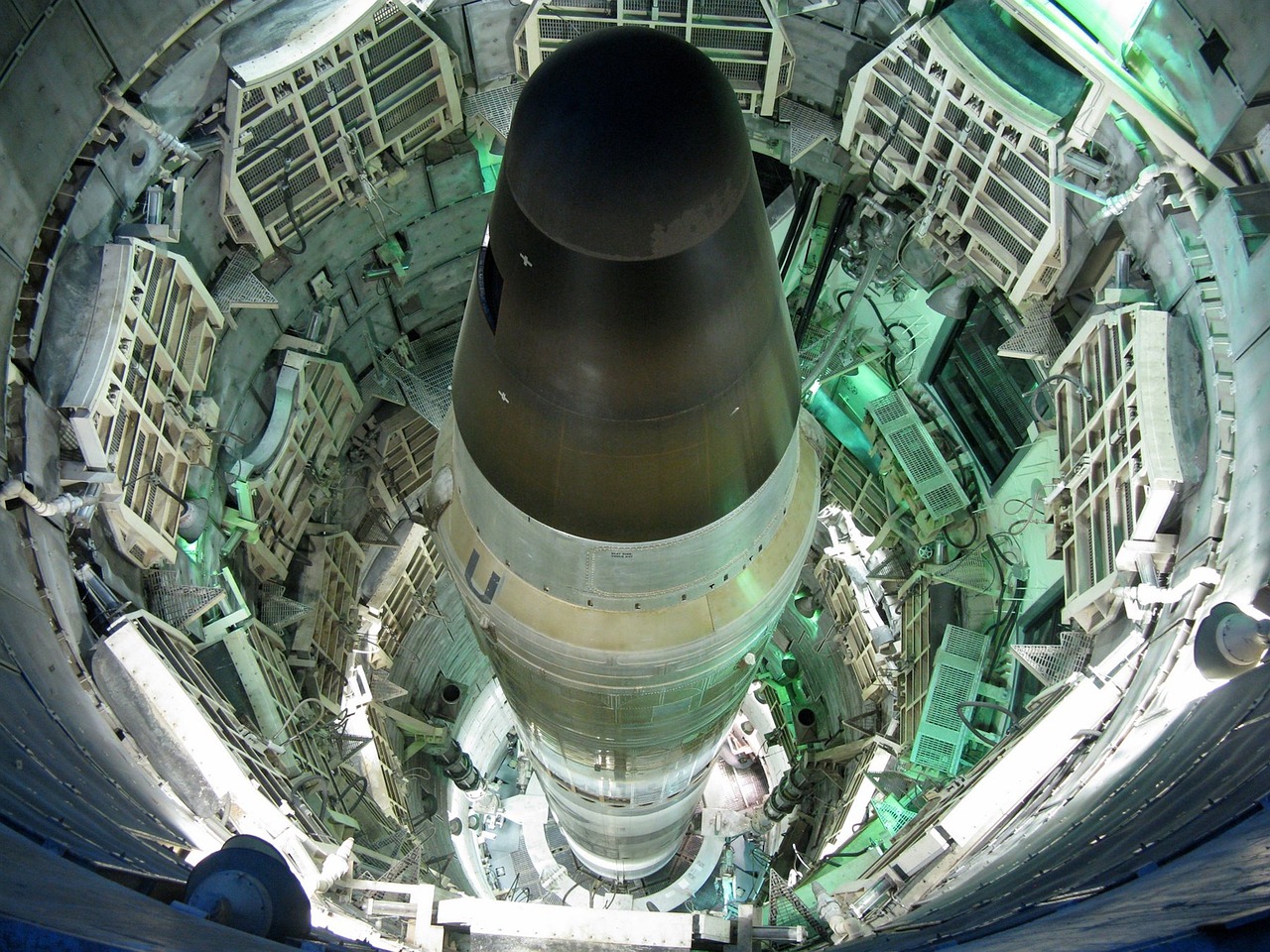The Cuban Missile Crisis was a political and military standoff between the United States and the Soviet Union that occurred between October 16 and October 28, 1962. The crisis was the closest the world ever came to nuclear war.
The crisis began when the United States discovered that the Soviet Union was in the process of installing nuclear missiles in Cuba, which is only 90 miles from the coast of Florida. The United States government, under the leadership of President John F. Kennedy, demanded that the Soviet Union remove the missiles and dismantle the missile sites.
The Soviet Union, under the leadership of Premier Nikita Khrushchev, initially denied the presence of the missiles, but eventually admitted to their existence. However, the Soviet Union refused to remove the missiles and dismantle the sites, claiming that they were necessary for the defense of Cuba against potential invasion by the United States.
The United States responded by implementing a naval quarantine around Cuba, preventing any Soviet ships carrying missiles or missile-related equipment from reaching the island. The United States also increased its military readiness, placing its armed forces on high alert and moving additional troops and equipment to the area.
The crisis reached its peak on October 24, when the United States intercepted a Soviet ship carrying missiles just outside the quarantine zone. The ship was ordered to turn around, but it refused and continued on its course. The United States Navy was prepared to use force to stop the ship, but at the last moment, the ship turned around and headed back to the Soviet Union.
After several tense days of negotiations and brinkmanship, the crisis was eventually resolved on October 28 when the Soviet Union agreed to remove the missiles and dismantle the missile sites in exchange for a US pledge not to invade Cuba and the removal of US missiles from Turkey.
The Cuban Missile Crisis was a seminal event in the Cold War and had a profound impact on international relations. It brought the world closer to nuclear war than ever before and demonstrated the dangers of brinkmanship and the need for direct communication and negotiation between the United States and the Soviet Union. The crisis also led to the establishment of a direct communication hotline between the White House and the Kremlin, known as the “hotline,” to help prevent future misunderstandings and miscommunications between the two superpowers.
In conclusion, the Cuban Missile Crisis was a major event in the Cold War, which brought the world closer to nuclear war than ever before. The crisis was resolved through negotiations and diplomacy, and it had a significant impact on international relations and the relationship between the United States and the Soviet Union. The Cuban Missile Crisis serves as a reminder of the importance of communication and diplomacy in resolving conflicts and preventing catastrophic events.


